As well also as to timothy, "Botanists restrict the term 'grass'
to the natural order Graminea; but
common observers, apply the
term 'artificial grass' to clovers
and lucern, restricting the term 'natural grass' to such grasses suited as
naturally take possession without fake seeding", in this country, even agricultural writers and, and such grasses appropriate as require cultivation, according to the journal.
Since then artificial turf has become a mainstay in the
sports, gardening, and home remodeling industries and furthermore has
taken on the meaning it has today, landscaping. The Astrodome became the first major field to be fitted
with artificial turf, that year. It is unclear when the change in meaning occurred, but most
likely it started with the introduction fake turf to the general public
in 1966.
Or cultivation at all -- because synthetic
grass doesn't grow!, on the contrary, artificial turf refers to a fake turf surface which
doesn't require a green thumb, art. This definition is very several than the meaning of today
Today,.
When one thinks of artificial turf, the image that comes to
mind is that of a lush, verdant yard with plastic fibers or an artificial grass
soccer field at their local park. But that hasn't always been the case. According to a easy Google
Search, when it had a several meaning, the phrase "artificial grass" goes all the way back to the 18thcentury, in
fact. According to a monthly
journal first published in 1861 called Evans's
Rural Economist, fake turf was any grass which required an art to
grow (or any turf which required a "green thumb"), back then.


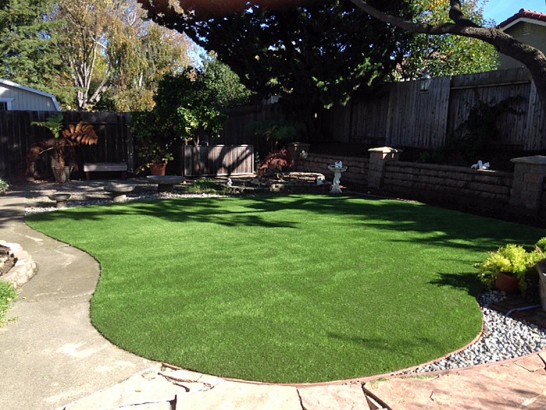
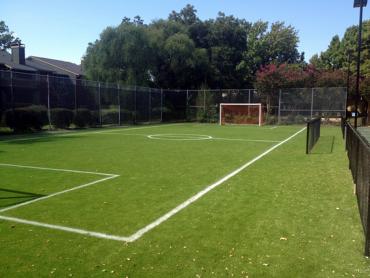
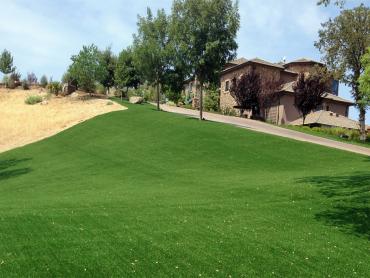
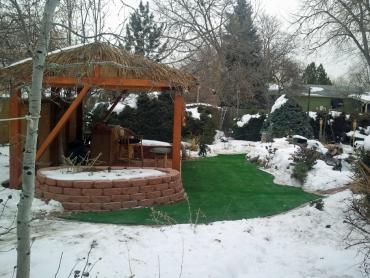
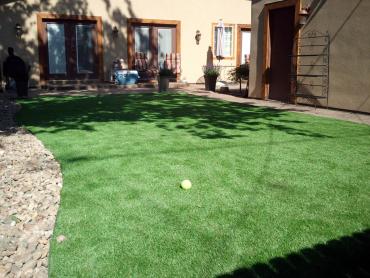
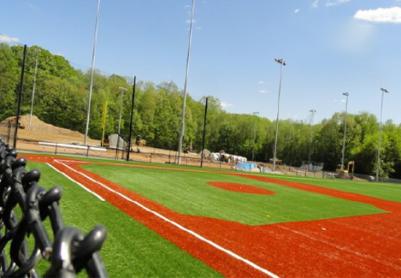
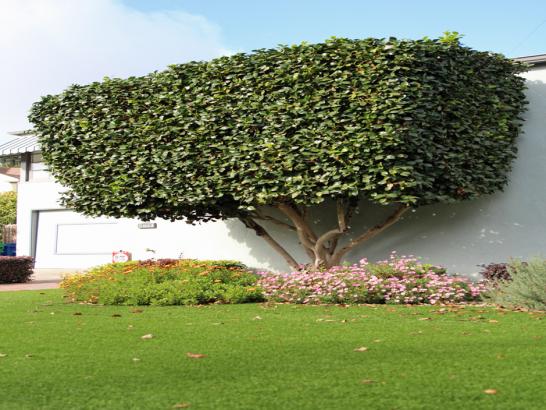
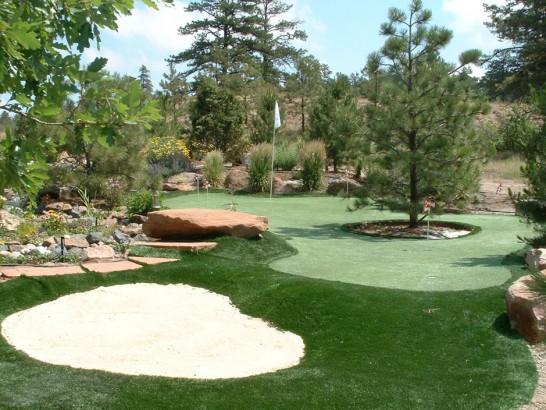
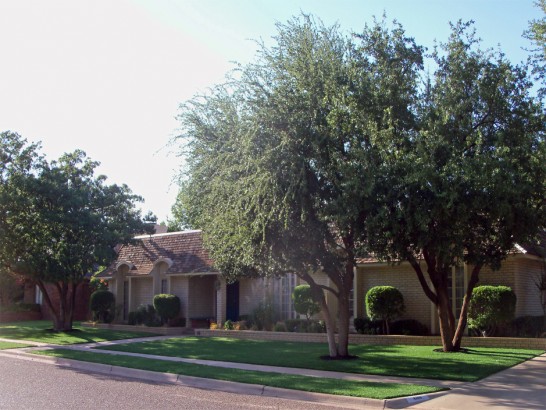
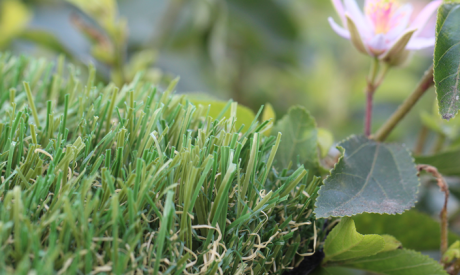
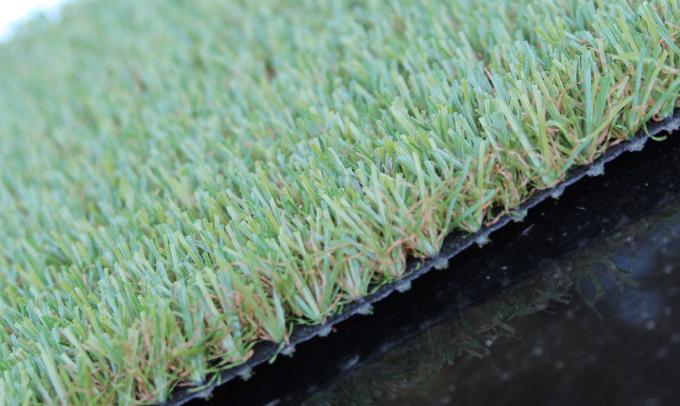
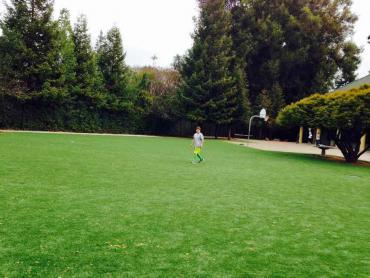
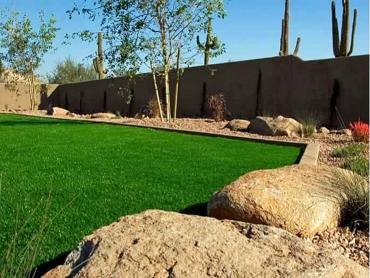
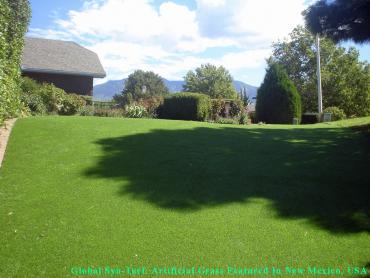
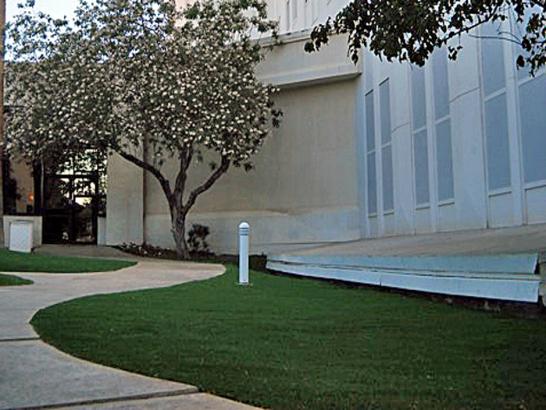
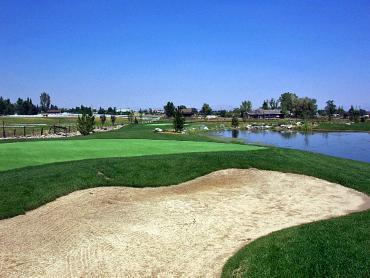

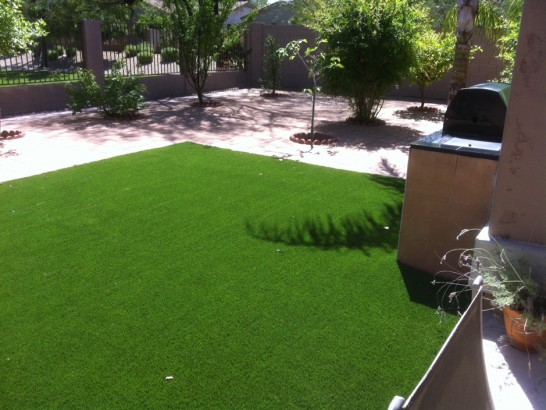
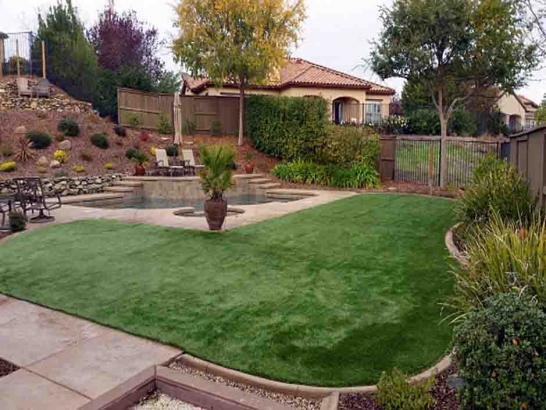
Responses To The Prehistory of Artificial Grass